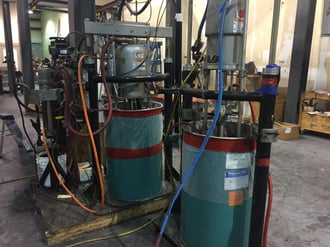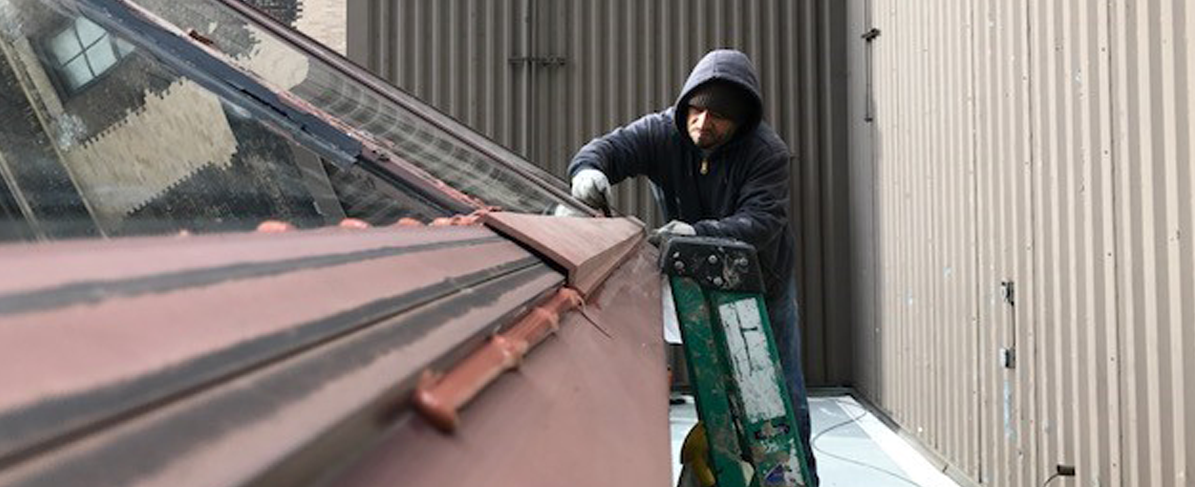For over 40 years, silicone sealants have been used extensively in the construction market for applications requiring enhanced durability and strength compared to its predecessors, the organic-based sealants such as polyurethanes and polysulfides.
But not all silicone sealants are the same, so understanding their chemistries and basic cure characteristics is critical to selecting the right product for your next construction project.
Silicone Chemistry
The silicone sealant’s unique polymer structure allows them to withstand movement, high temperatures and ultraviolent light (UV) exposure, making them an ideal solution for outdoor applications, such as curtainwalls, window perimeters and even highways.
Silicone sealants are defined by their cure mechanism, divided into acid and neutral cure categories.
The acid cure (acetoxy) silicone sealants were the first to be used in the industry, and cure by contact with moisture vapor in the air, releasing acetic acid. This acidic vapor byproduct is corrosive and can cause compatibility issues with concrete and items in the glazing pocket. It can soften other sealants, etch glass and cause a chemical fog on the interior of insulated glass units.
Due to this limitation, the construction industry evolved, moving away from acid cure silicones and opening the market to neutral cure silicones.
Neutral cure silicone categories typically include basic, alcohol and oxime cure mechanisms. While these silicones do produce a condensation byproduct, it is not as corrosive as the acid cure formulations. The industry prioritizes neutral cure silicones for exterior applications because of their ability to effectively bond with a variety of substrates.
One- and Two-Part Silicones
 Silicones can also be broken down into one- and two-part categories, which have their own cure processes to take into consideration.
Silicones can also be broken down into one- and two-part categories, which have their own cure processes to take into consideration.
One-part silicone sealants are used most often on the job site, as they cure by contact with moisture in the air. This process begins at the exposed surface first, then through the interior of the sealant bead until the cure is complete. This process can take up to 2-3 weeks depending on sealant depth, temperature and humidity.
Two-part silicone sealants are utilized for in-plant applications, when speed is essential. After the two components are mixed, often through a large pump, the sealant cures uniformly throughout the entire bead, which takes only a matter of days.
 You may find yourself with any of these silicone sealant types, depending on your application. But select the wrong one, and there could be serious compatibility issues, costing you significant time and money.
You may find yourself with any of these silicone sealant types, depending on your application. But select the wrong one, and there could be serious compatibility issues, costing you significant time and money.
Download the guide
Download our Sealant Selector Guide for insight into which products may best match your project, including a range of silicone sealants, custom color options, solutions for both commercial and residential window markets, as well as compatible accessories and primers.






